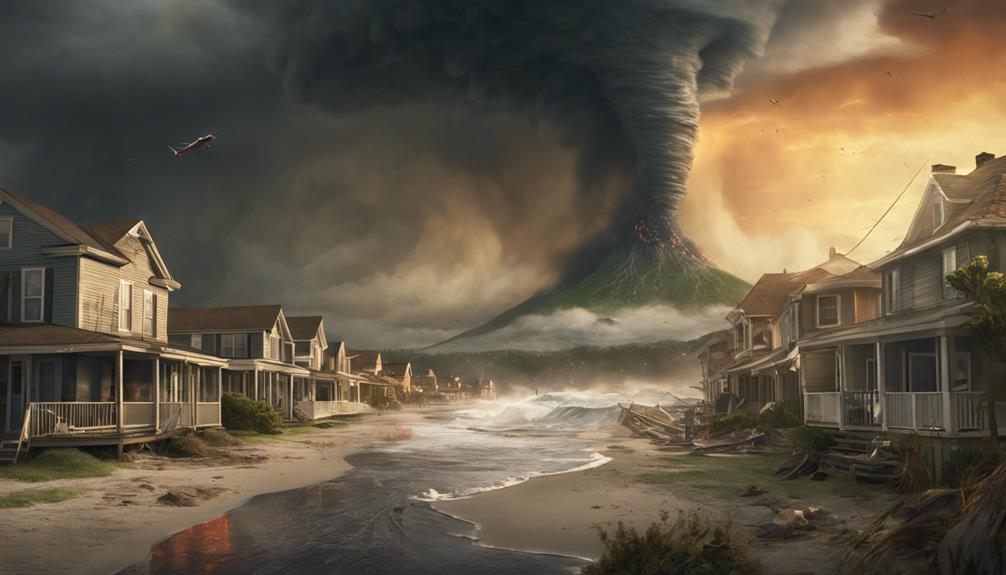The spectrum of natural disasters encompasses a broad range of phenomena that can unleash unimaginable havoc on our planet. From the relentless fury of hurricanes to the sudden violence of earthquakes, the Earth's forces can manifest in various forms, each presenting unique challenges and risks to our societies. Understanding the distinct characteristics and impacts of these different types of natural disasters is crucial for effective mitigation and response strategies. Let's explore the intricacies of these formidable events and delve into how they shape our world in ways both profound and unpredictable.
Key Takeaways
- Hurricanes are intense tropical storms with powerful winds and heavy precipitation.
- Tornadoes are swiftly rotating columns of air causing widespread destruction.
- Volcanoes are geological formations from hot molten rock release, altering landscapes.
- Tsunamis are immense ocean waves triggered by seismic events, causing devastating flooding.
Hurricanes
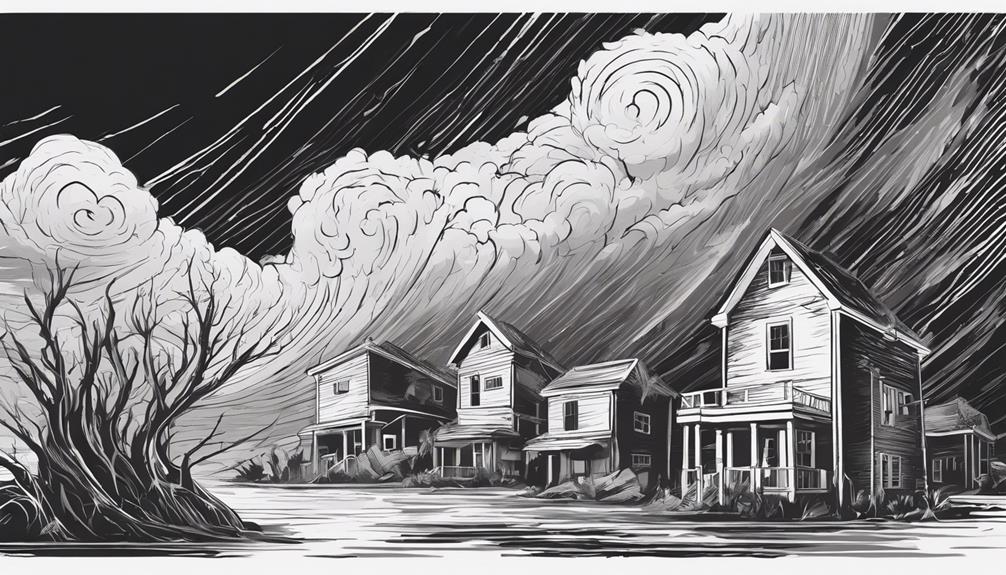
Hurricanes, formidable natural phenomena originating from warm ocean waters, are intense tropical storms characterized by powerful winds, heavy precipitation, and storm surges. These tropical storms are particularly devastating to coastal areas due to their ability to cause significant damage to buildings and infrastructure. The strong winds associated with hurricanes can reach speeds exceeding 74 miles per hour, with the most powerful storms having wind speeds over 157 miles per hour. The heavy rain that accompanies hurricanes can lead to widespread flooding, further exacerbating the destruction caused by these natural disasters.
Coastal areas are at higher risk of experiencing the full force of hurricanes, as storm surges—abnormal rises in water levels generated by a storm's winds—can inundate low-lying regions, leading to catastrophic consequences. The combination of strong winds, heavy rain, and storm surges can result in widespread devastation, making it crucial for communities in hurricane-prone regions to have robust preparedness and evacuation plans in place to mitigate the impact of these powerful storms.
Tornadoes
Emerging as swiftly rotating columns of air that can cause widespread destruction, tornadoes are violent wind storms that pose a significant threat to areas where they touch down. Here are three key points about tornadoes:
- Destructive Nature: Tornadoes originate from thunderstorms and can lift and carry heavy objects like houses, cars, and trees, causing extensive damage along their path. The Enhanced Fujita (EF) scale categorizes tornadoes based on their wind speeds and the level of destruction they cause.
- Prevalence in Tornado Alley: Tornadoes are more common in certain regions, notably in the central United States, known as Tornado Alley. States like Texas, Oklahoma, and Kansas often experience a higher frequency of tornadoes due to specific atmospheric conditions.
- Importance of Weather Warnings: Given the rapid formation and movement of tornadoes, it is crucial to heed weather warnings and seek shelter in designated safe areas during tornado alerts. Timely action based on accurate forecasts can significantly reduce the risks associated with these destructive wind storms.
Volcanoes
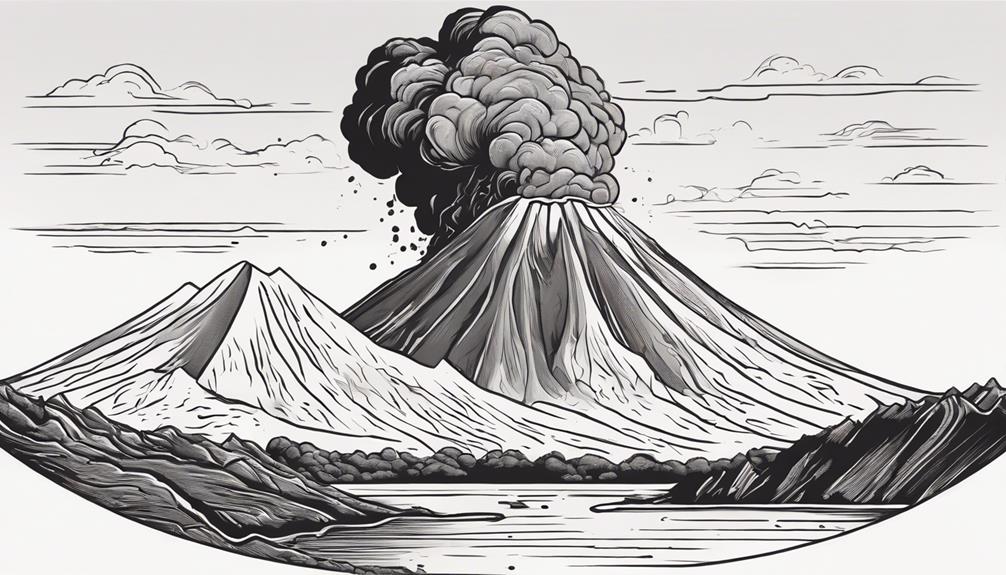
Volcanoes, geological formations resulting from the release of hot molten rock through openings in the Earth's crust, are powerful natural phenomena with the potential to cause widespread devastation and significant changes to the surrounding environment. These volcanic eruptions often occur at tectonic boundaries, where the Earth's lithospheric plates meet, leading to the expulsion of molten rock, ash, and gases onto the surface. The expulsion of molten rock, known as lava, can flow rapidly downhill, destroying everything in its path. Ash clouds from volcanic eruptions can travel long distances, affecting air quality and posing risks to aviation.
The aftermath of volcanic eruptions can dramatically alter natural landscapes, creating new land formations such as volcanic mountains, calderas, and lava plateaus. Communities living near active volcanoes are at high risk and must prioritize preparedness measures, including evacuation plans and monitoring systems to detect early warning signs of volcanic activity. Understanding the behavior of volcanoes and the potential hazards they pose is crucial for mitigating the impacts of these natural disasters.
Earthquakes
Following the discussion on the geological formations of volcanoes and their potential impacts, the focus now shifts to earthquakes, sudden releases of energy resulting from the movement of tectonic plates. Earthquakes are seismic events that vary in size and strength, often producing aftershocks that can further impact affected areas. The ground shaking caused by the propagation of seismic waves is a common effect of earthquakes, leading to significant damage to buildings, infrastructure, and natural landscapes. Understanding the nature of earthquakes and their potential consequences is essential for disaster preparedness and response planning. By comprehending the mechanisms behind these natural phenomena, authorities can implement measures to mitigate the impact of earthquakes on communities and infrastructure. Monitoring seismic activity, strengthening building codes, and establishing emergency protocols are crucial steps in enhancing resilience to earthquakes and reducing the overall devastation caused by these powerful geological events.
Tsunamis
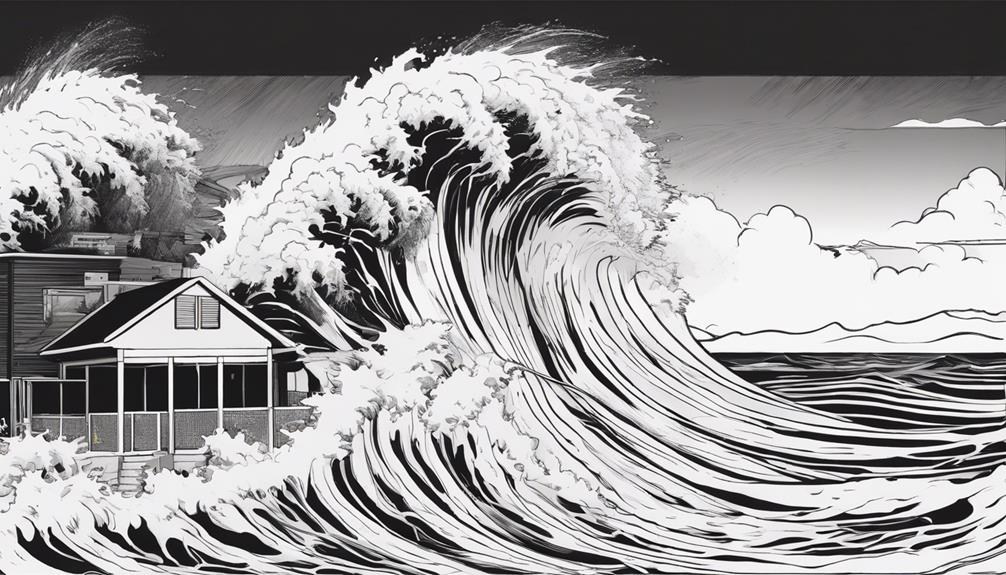
Tsunamis, immense ocean waves triggered by seismic events, pose significant threats to coastal regions worldwide. With the ability to reach staggering heights and speeds, tsunamis can cause catastrophic flooding and widespread devastation in their path. Understanding the formation, impact, and mitigation strategies for tsunamis is crucial in safeguarding vulnerable communities from these powerful natural disasters.
Tsunami Formation
Large ocean waves known as tsunamis are typically triggered by undersea earthquakes, volcanic eruptions, or landslides. When these events occur, they can displace massive amounts of water, setting off a chain reaction that leads to the formation of a tsunami. The process of tsunami formation involves intricate movements of water masses, resulting in a wave that can travel across vast distances in the ocean. To better understand this phenomenon, consider the following points:
- Tsunamis can travel at speeds of up to 500 miles per hour in the open ocean.
- The height of a tsunami increases significantly as it approaches shallow coastal waters.
- Tsunamis are capable of causing devastating flooding in low-lying coastal areas, posing a significant threat to coastal communities.
Understanding the mechanisms behind tsunami formation is crucial for implementing effective early warning systems and safeguarding vulnerable coastal regions.
Impact and Devastation
The impact and devastation caused by tsunamis, triggered by underwater earthquakes or volcanic eruptions, are characterized by their ability to unleash giant ocean waves with heights exceeding 100 feet and the capacity to travel vast distances across the ocean. These natural disasters result in massive flooding, significant property damage, loss of life, and pose a severe hazard to coastal communities. Warning systems play a crucial role in providing advanced notice to at-risk populations, allowing for timely evacuations and reducing casualties. The 2004 Indian Ocean tsunami serves as a stark reminder of the catastrophic consequences tsunamis can bring, with over 230,000 fatalities in 14 countries. Preparedness, awareness, and efficient response mechanisms are essential in minimizing the devastating effects of tsunamis.
Droughts
Prolonged periods of low rainfall, known as droughts, can have significant impacts on water availability and ecosystems, leading to various challenges for communities and agriculture.
Key Points:
- Water Shortages: Droughts result in decreased water availability for drinking, irrigation, and industrial purposes, straining water resources.
- Environmental Impacts: Low rainfall can lead to dry soil, reduced vegetation cover, and increased risk of wildfires, impacting biodiversity and ecosystem health.
- Mitigation Strategies: Implementing water conservation measures, promoting sustainable agricultural practices, and developing early warning systems are crucial to mitigate the impact of droughts on communities and ecosystems.
Understanding the consequences of prolonged dry spells is essential for developing resilience strategies to cope with water scarcity and environmental degradation. By adopting proactive measures and enhancing preparedness, societies can better navigate the challenges posed by drought events, safeguarding both livelihoods and natural habitats.
Landslides
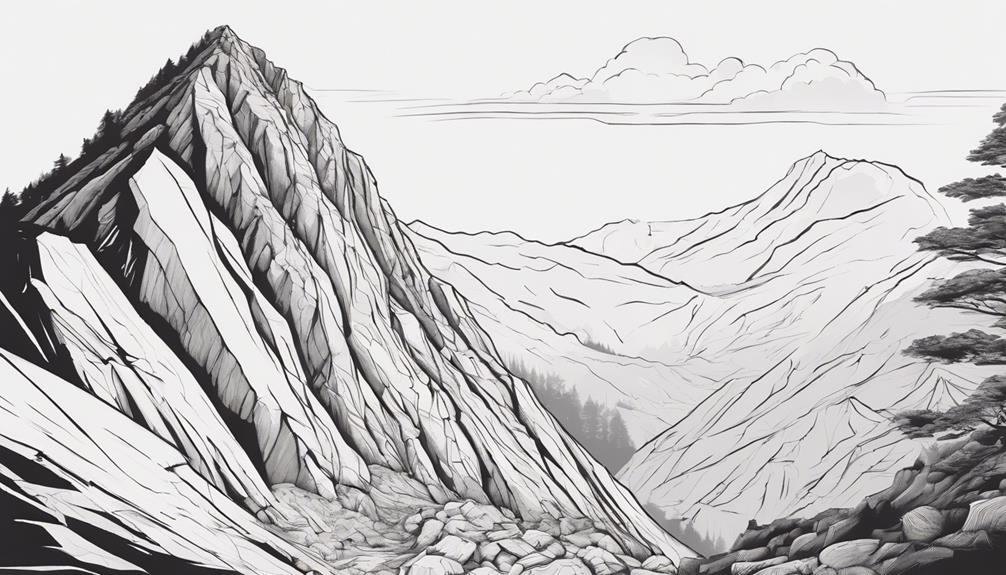
In the context of environmental hazards, landslides represent sudden and potentially destructive movements of land triggered by factors such as ground instability or intense rainfall. These events can vary in speed, from slow creep to rapid avalanches, causing damage to infrastructure, properties, and altering the natural terrain. Mountainous regions and areas with steep slopes are particularly prone to landslides due to the geological conditions present.
Various factors contribute to the occurrence of landslides, including deforestation, heavy rainfall, seismic activity, and human activities that disrupt the natural stability of slopes. Mitigation strategies play a crucial role in reducing the risks associated with landslides. These strategies include slope stabilization techniques, proper land-use planning to avoid building in high-risk areas, and the implementation of early warning systems to alert communities of potential landslide events.
Forest Fires
What factors contribute to the rapid spread of forest fires?
3 Factors Contributing to Rapid Forest Fire Spread:
- Weather Conditions: Dry and windy weather conditions create an ideal environment for forest fires to spread quickly. Low humidity levels and high temperatures increase the flammability of vegetation, allowing fires to ignite easily and propagate rapidly.
- Fuel Availability: The presence of abundant dry vegetation, such as dead trees, shrubs, and fallen leaves, serves as fuel for forest fires. When a fire ignites in an area with ample fuel sources, it can quickly escalate into a large and destructive blaze.
- Topography: The landscape of an area can influence the speed at which a forest fire spreads. Steep slopes can cause fires to move uphill rapidly, driven by the airflow and oxygen supply. Additionally, canyons and valleys can channel fires, leading to accelerated spread and increased intensity.
Forest fires are devastating natural disasters that pose significant risks to ecosystems, wildlife, human structures, and public safety. Implementing mitigation strategies such as controlled burns, creating firebreaks, and utilizing early detection systems are crucial steps in preventing and managing the impact of forest fires.
Flooding
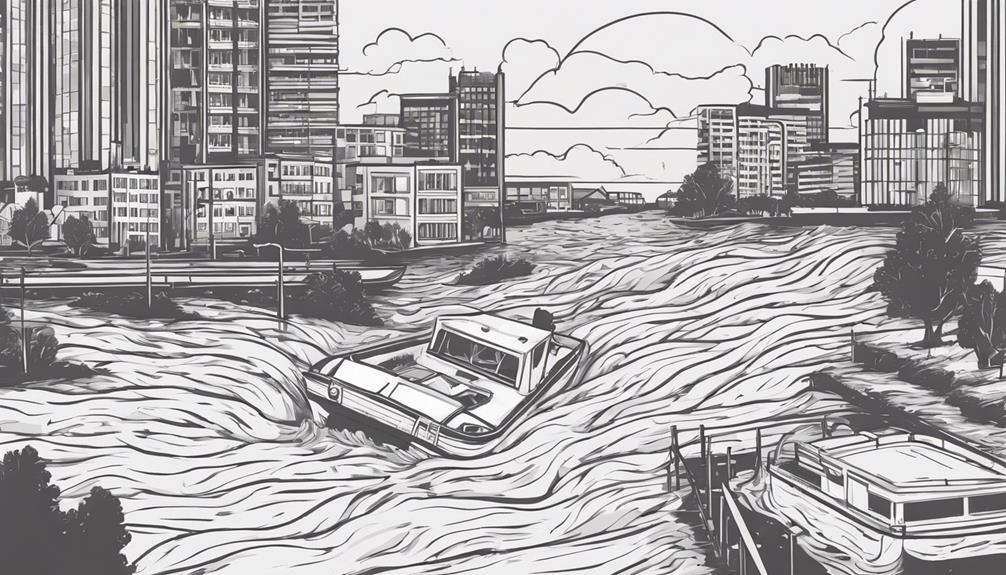
Flooding, a common natural phenomenon with significant societal implications, occurs when water exceeds its normal confines, inundating surrounding areas and causing various forms of damage. Water overflow onto dry land can lead to extensive damage to homes, infrastructure, and transportation routes. The onset of flooding can be slow or sudden, with flash floods posing a particular threat due to their rapid water flow and potential debris accumulation. Drought conditions can exacerbate flooding by reducing the soil's ability to absorb water efficiently. Communities are profoundly impacted by flooding, experiencing water shortages, environmental degradation, and agricultural challenges. Coastal regions face heightened vulnerability to flooding, resulting in substantial property damage and loss of life. The table below provides a snapshot of key aspects related to flooding:
| Aspect | Description |
|---|---|
| Water overflow | Exceeding normal boundaries onto dry land, causing damage to homes and infrastructure. |
| Flash floods | Sudden, rapid floods with high water flow and debris, posing significant danger. |
| Impact on communities | Disruption through water shortages, environmental harm, and agricultural difficulties. |
Frequently Asked Questions
What Are the 10 Types of Natural Disasters?
Natural disasters encompass a range of catastrophic events including hurricanes, earthquakes, flooding, wildfires, landslides, tsunamis, volcanic eruptions, droughts, and severe storms. Each disaster type presents unique challenges and risks to human life and infrastructure. It is essential to understand these distinctions for effective preparedness, response, and recovery. Mitigation strategies, such as hurricane preparedness, earthquake safety, flood prevention, wildfire evacuation, tornado sheltering, and tsunami warnings, play vital roles in minimizing the impact of natural disasters on communities.
What Are All 18 Natural Disasters?
The 18 natural disasters encompass a wide range of hazards, including hurricanes, earthquakes, floods, wildfires, tornados, dust storms, and pandemics. Climate change intensifies these events, with factors like population growth and deforestation exacerbating vulnerability. To address these risks, strategies such as earthquake preparedness, hurricane evacuation plans, tsunami warning systems, volcano monitoring, tornado safety measures, and flood prevention strategies are crucial for mitigating the impact of these disasters.
What Are the 10 Worst Natural Disasters?
Among the 10 worst natural disasters are the 2004 Indian Ocean earthquake and tsunami, the 2010 Haiti earthquake, Hurricane Katrina in 2005, the 1976 Tangshan earthquake in China, and the 1970 Bhola cyclone in Bangladesh. These catastrophic events resulted in significant loss of life, widespread destruction, and highlighted the importance of preparedness and resilience in vulnerable regions. Understanding the impacts of hurricane devastation, earthquake destruction, tsunami aftermath, and other disasters informs disaster response and mitigation efforts.
What Are the 3 Main Different Types of Disaster?
In the realm of natural disasters, the three primary categories encompass meteorological disasters like hurricanes demanding preparedness, geophysical calamities such as earthquakes necessitating safety measures, and hydrological events like floods requiring preventive actions. Each disaster type mandates distinct response strategies such as tornado warning systems, wildfire evacuation plans, and tsunami readiness protocols. Understanding the unique challenges posed by each category enables communities to mitigate the impact through targeted preparedness and response efforts.
Conclusion
In conclusion, the diverse array of natural disasters, from hurricanes to earthquakes, poses significant challenges to communities and ecosystems worldwide. Each disaster type presents unique threats and requires tailored preparedness and response strategies. Building resilience and implementing proactive measures are essential in mitigating the devastating impacts of these unpredictable forces of nature. As the saying goes, "prepare for the worst and hope for the best," proactive planning is crucial in facing the ever-present threat of natural disasters.
